I've had the good fortune of having done a reasonable bit of travelling. I've walked in places of awe-inspring beauty and seen sceneries of majesty that have almost made me felt spiritual.
But sometimes, beauty can be well, quite
difficult. It can be a monotonous, red-eye
bus ride, a 12-hour journey in a contorted position in a packed train carriage with colourful but smelly passengers and their smellier livestock, a scorching hike or an endless butt-breaking donkey trek away. But yes, the joy of travel lies not just in the destination but in the journey too. Hence we try to experience the new sights, smells and sounds as best as we can. We try to leave behind hygiene and comfort expectations of our usual lives; we are after all, guests in a beautiful country we wanted to visit. And when you end the joyous travel in that cattle class train carriage w/ a busted bladder, the scenery that you are rewarded with might be marvelous (more so if you got lost for an hr after leaving the train station), with a choir of angels singing in the background and all, BUT it could also be crowded w/ fellow travellers holding the German version of your guidebook, kitschy souvenir or Pepsi-hawking touts, package tourists and their chirpy guides w/ loudspeakers. Or worse, poverty.
You know what I am talking about. The pre-teen beggar girls carrying thin babies with wild hair, holding out their dirt-streaked, empty palms and asking you, with empty eyes, for "Dollar! Dollar!". The natives in their glorious 'traditional native dress' performing a ceremonial dance while their native relatives wear raggedy T-shirts. The realisation that your The North Face down sleeping bag cost more than your dinner host's house.
Some people find poverty to be rather picturesque because there are usually no ugly cables, neon fire escape signs, no golden arches. It's all so untouched, so wonderfully primitive,
so rustic, they say. Then there are some who feel guilty or uncomfortable at the sight of poverty, especially poverty in the midst of grand beauty. They don't feel so uncomfortable that they are compelled to abandon their backpacks and save the world so they photograph just the pretty sights and snap a few pictures of the grubby but grinning and picturesque kids and try to leave w/ just pretty memories.
It can all still be very beautiful, but it can get difficult. Sometimes, I want beauty unadulterated by guilt and garbage, pukey ferry rides, the masses, tiresome haggling, loo and landmine horrors, conmen etc. I just want pure beauty, straight up. And I want it all the easy way. I got what I want, and more, at the stupendously spectacular Takaragawa Onsen, Gunma Prefecture.
Takaragawa Onsen
The building on the left bank of the river is where we stayed. A glimpse of one of the hot springs on the right.
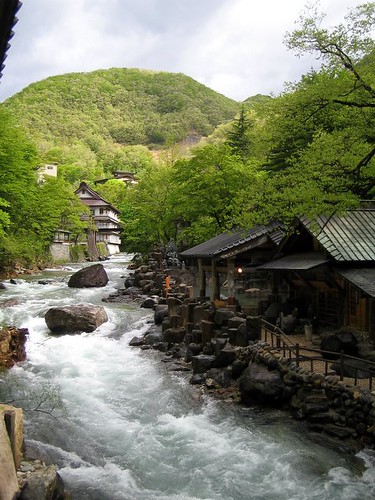
.
Osenkaku Ryokan
This is the First Annex (Dai-ichi Bekkan) of Osenkaku Ryokan. Our room is the one in the middle.

.
A Room With A River View
We slept to the sound of the rushing river and woke up to the ravishing view.

.
Ko Dakara no Yu
One of the 4 outdoor hot springs and the only one on this side of the river.

.
Ko Dakara no Yu
Picture taken from the bridge. This hot spring has the best view of the river because the surrounding rocks are lower.

.
Ma Ka no Yu
We took many pictures in the onsen because there were no other bathers that Tuesday morning. And very few the previous day too, actually.

.
Ma Ka no Yu
It has a lukewarm shower from a suspended hollowed log.

.
Ma Ya no Yu
A women-only bath. That lone bather is me.

.
It was an awesome stay and the kaiseki dinner and Japanese breakfast served at the ryokan were delicious too, unless you are squeamish about bear. And, my skin was smooth as a baby's after soaking in all that good water. A girl couldn't ask for more. Except, maybe, a wish for beauty and eternal youth.
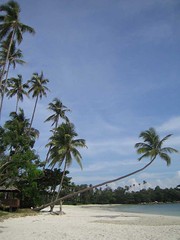 .
. .
.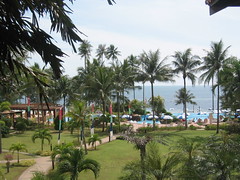 .
. .
.

 .
. .
. .
. .
. .
. .
. .
. .
. .
. .
.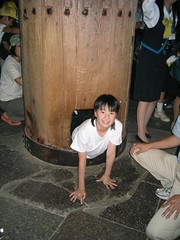 .
.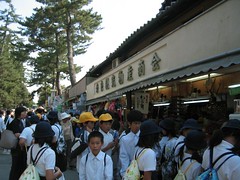 .
. .
.
 .
. .
. .
. .
.
 .
.  .
. .
. .
. .
. .
. .
. .
. .
. .
. .
.
 .
. .
. .
. .
. .
. .
. .
. .
.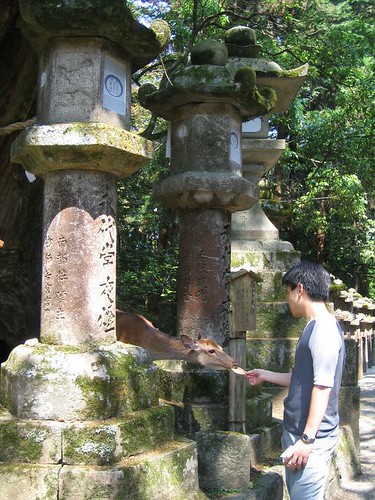 .
. .
. .
.
 .
. .
. .
. .
. .
. .
. .
. .
.